Last Updated on April 26, 2023 by Lisa Vargas
As we look around us, it’s becoming more evident that the world is facing several uncertainties. Whether it’s climate change, economic instability, or even pandemics, it’s crucial to be prepared for any unexpected circumstances. One of the best ways to ensure survival in such situations is to have a survival garden. This is something that I’ve personally been working on for the past few years and trying to get better at each passing year.
A survival garden is a garden that is planned and cultivated to ensure that it can sustain you and your family in times of emergency or a grid down scenario. In your survival garden, you should focus on growing essential crops for you and your family’s survival. These crops are those that are nutrient-dense, can be stored for an extended period, and can provide a substantial yield.
So let’s talk about some of the 10 essential crops you should have for your survival garden and break down a little bit about each one. Let’s dive in!
The importance of having a survival garden
Essential crops are crucial because they can help you survive for a more extended period, and they also provide essential nutrients that can help maintain your health. As you plan your survival garden, you need to be strategic about the crops you choose to plant. The selection of crops will depend on several factors, such as your climate, soil type, and personal preferences.
The role of crops in a survival garden
When choosing your crops, you need to focus on crops that are easy to grow, have a high yield potential, and can be stored for an extended period. In this article, we’ll discuss the top 10 essential crops for survival that you should consider planting in your survival garden. We’ve selected these crops based on several criteria, including their nutritional value, yield, storage life, ease of growing, versatility, and soil requirements.
By incorporating these crops into your survival garden, you can ensure that you have a reliable source of food during an emergency. The crops we’ll be discussing include:
- Tomatoes
- Potatoes
- Corn
- Beans
- Squash
- Greens
- Carrots
- Onions
- Peppers
- Herbs
Each of these crops has unique characteristics that make them ideal for survival gardening. They are all easy to grow and maintain and can provide a significant yield, making them perfect for sustenance during a crisis.
Having a survival garden is an essential step towards preparedness for any crisis that may arise. By selecting and growing the top 10 essential crops for survival, you can ensure that you and your family have a reliable source of food during an emergency. With the information provided in this article, you’ll be equipped with the knowledge and tools needed to start planning and cultivating your survival garden today.
Criteria for Selecting Essential Vegetables for Your Survival Garden
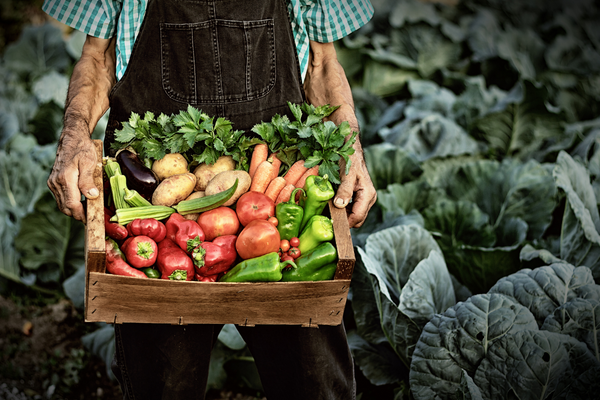
When it comes to selecting essential crops for survival, there are several criteria that you should consider. These criteria will help you choose crops that are well-suited for survival gardening and that can provide you with the sustenance you need during an emergency.
Nutritional Value
Nutritional value should be at the top of your list of criteria. Your survival garden should be full of nutrient-dense crops that provide your body with the essential vitamins, minerals, and nutrients it needs to maintain good health.
Leafy greens such as spinach, kale, and collard greens are some of the most nutrient-dense crops you can grow. They are packed with vitamins A, C, and K, as well as calcium and iron. These greens are excellent for maintaining bone health, supporting healthy immune function, and promoting healthy digestion.
Tomatoes are another crop that should be at the top of your list. They are an excellent source of vitamin C, which is essential for maintaining a healthy immune system. Additionally, tomatoes are rich in lycopene, a powerful antioxidant that can help protect your body against cell damage caused by free radicals.
Potatoes are another great option for your survival garden. They are high in potassium, vitamin C, and vitamin B6, all of which are important for overall health. Potatoes are also incredibly versatile and can be used in a wide range of recipes, making them a valuable addition to any survival garden.
When selecting crops for your survival garden, it’s important to keep in mind that the nutritional value of a crop can vary depending on how it is grown. If you want to maximize the nutritional value of your crops, consider using organic growing methods and incorporating nutrient-rich compost into your soil.
Selecting nutrient-dense crops is crucial for ensuring that your survival garden can sustain you and your family in times of crisis. Leafy greens, tomatoes, and potatoes are just a few of the crops that should be at the top of your list. By growing these crops and incorporating them into your diet, you can help maintain good health if and when SHTF!
Yield
Another essential criterion for selecting essential crops for survival is their yield potential. The crops you choose should provide a significant yield that can sustain you and your family over an extended period.
For example, corn is an excellent crop for survival gardening because it has a high yield potential. One acre of corn can yield around 8,000 pounds of corn, making it an excellent choice for long-term sustenance. Beans are also an excellent choice for survival gardening because they are high in protein and can provide a substantial yield.
Storage Life
The storage life of the crops you choose is another critical criterion for survival gardening. The crops you select should be able to be stored for an extended period without spoiling or losing their nutritional value.
For example, potatoes can be stored for several months in a cool, dark place without spoiling, making them an excellent choice for long-term storage. Squash is another excellent crop for survival gardening because it can be stored for up to six months in a cool, dry place.
Ease of Growing
The ease of growing the crops you select is also an essential criterion for survival gardening. The crops you choose should be easy to grow and maintain, even if you don’t have a lot of gardening experience.
For example, beans are easy to grow and maintain, and they can be grown in a variety of soil types. Greens such as spinach and kale are also easy to grow and can be grown in containers if you don’t have a lot of space.
Versatility
The versatility of the crops you choose is another essential criterion for survival gardening. The crops you select should be versatile and able to be used in a variety of recipes and cooking methods.
For example, peppers are an excellent crop for survival gardening because they can be used in a variety of recipes and cooking methods.
You can use them fresh in salads, or you can dry them and use them in spice blends. Tomatoes are also versatile and can be used in everything from soups and stews to salads and sandwiches.
Soil Requirements
The soil requirements of the crops you choose are also an essential criterion for survival gardening. The crops you select should be able to grow in the soil type you have available.
For example, potatoes can be grown in a variety of soil types, including sandy soil and heavy clay soil. Squash is another crop that can grow in a variety of soil types, making it an excellent choice for survival gardening.
The criteria for selecting essential crops for survival are nutritional value, yield potential, storage life, ease of growing, versatility, and soil requirements. By considering these criteria when selecting your crops, you can ensure that you choose crops that are well-suited for survival gardening and that can provide you with the sustenance you need during an emergency.
The Top 10 Essential Crops for Your Survival Garden

When it comes to survival gardening, there are certain crops that you simply can’t do without. Now I can imagine you would want to grow crops that you personally like to eat, but those might not always be the best ones in terms of nutrients that you need. If we look at the crops below they are easy to grow, have a high yield potential, and can be stored for an extended period. Let’s take a look at them so you’ll be prepared if things go sideways.
Tomatoes
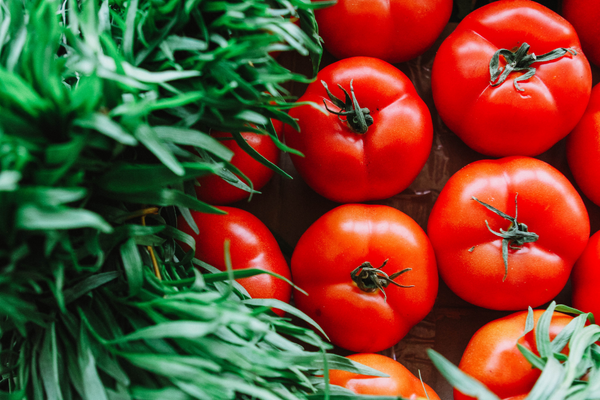
Tomatoes are one of the most versatile and nutrient-dense crops you can grow in your survival garden. They are a fantastic source of vitamin C, which is essential for maintaining a healthy immune system. Additionally, they are rich in lycopene, a powerful antioxidant that can help protect your body against cell damage caused by free radicals.
Tomatoes are also incredibly versatile and can be used in a wide range of recipes. You can use them fresh in salads, or you can cook them in soups and stews. You can even dry them and use them in spice blends.
You may also like: 10 Most Important Medical Plants For Your Survival Garden
Potatoes
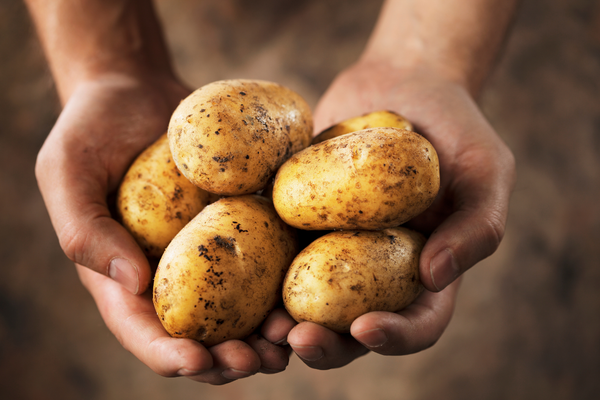
Potatoes are an excellent choice for your survival garden because they are easy to grow, high in nutrients, and incredibly versatile. They are packed with potassium, vitamin C, and vitamin B6, all of which are essential for maintaining good health.
Potatoes are also incredibly versatile and can be used in a wide range of recipes. You can fry them, bake them, or even mash them. They’re also an excellent source of starch, which makes them ideal for providing long-lasting energy.
Corn
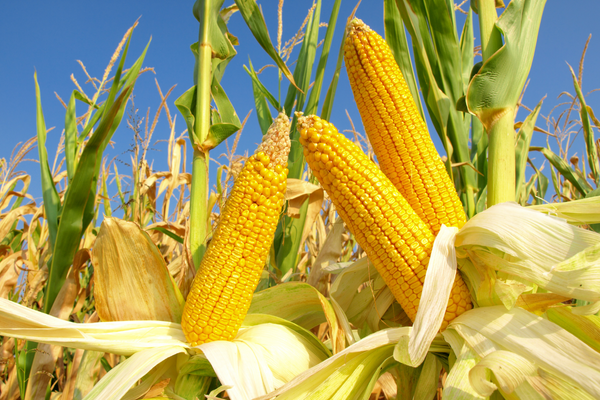
Corn is an excellent crop for survival gardening because it has a high yield potential and is incredibly versatile. One acre of corn can yield around 8,000 pounds of corn, making it an excellent choice for long-term sustenance.
Corn can be used in a wide range of recipes, from cornbread and corn pudding to soups and stews. Additionally, it can be dried and ground into cornmeal, which can be used to make a variety of baked goods.
Beans
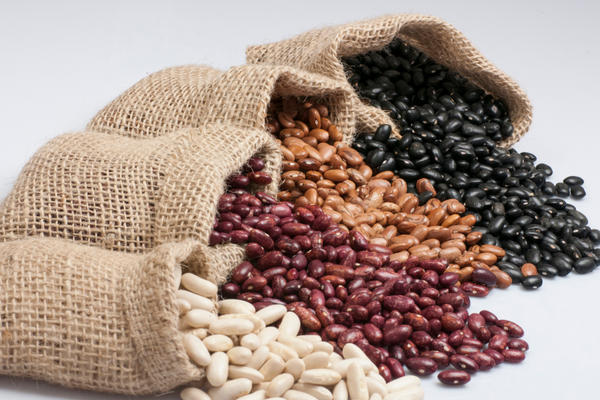
Beans are another excellent choice for your survival garden. They are high in protein and can provide a substantial yield. They’re also incredibly versatile and can be used in a wide range of recipes.
You can use beans in soups and stews, or you can cook them with rice to make a hearty meal. They’re also an excellent source of fiber, which is essential for maintaining good digestive health.
Squash
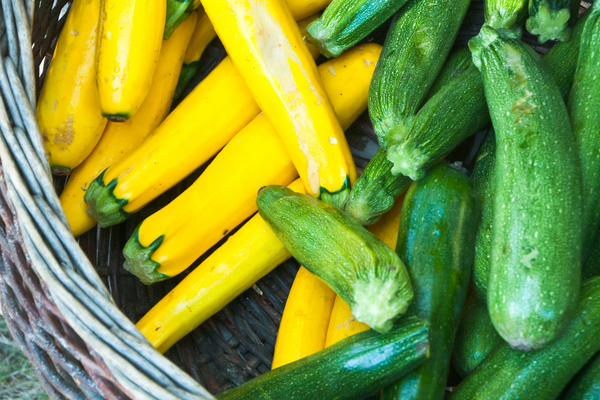
Squash is another crop that should be on your list of essential crops for survival. It can be stored for up to six months in a cool, dry place, making it an excellent choice for long-term sustenance.
Squash is also incredibly versatile and can be used in a wide range of recipes. You can roast it, mash it, or even use it in soups and stews. Additionally, it’s a fantastic source of fiber, vitamins, and minerals.
Leafy Greens
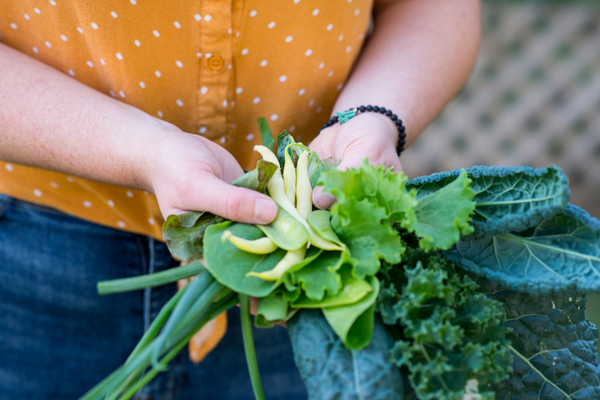
Leafy greens like spinach, kale, and collard greens are some of the most nutrient-dense crops you can grow in your survival garden. They are packed with vitamins A, C, and K, as well as calcium and iron. These greens are fantastic for maintaining bone health, supporting healthy immune function, and promoting healthy digestion.
Greens can be used in a wide range of recipes, from salads to soups and stews. Additionally, they can be easily grown in containers, making them an excellent choice for those with limited space.
Carrots
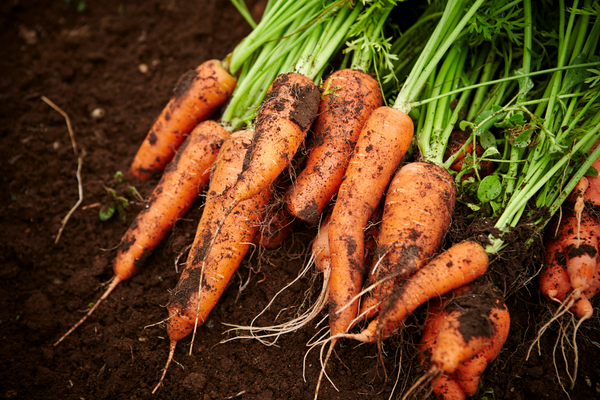
Carrots are an excellent source of vitamins and minerals and should be a staple in your survival garden. They’re high in vitamin A, which is essential for maintaining healthy vision, and they’re also a good source of fiber.
Additionally, carrots are incredibly versatile and can be used in a wide range of recipes. You can use them in soups and stews, roast them, or even eat them raw as a snack.
Related Articles: Best Foods To Survive A Crisis
Peppers
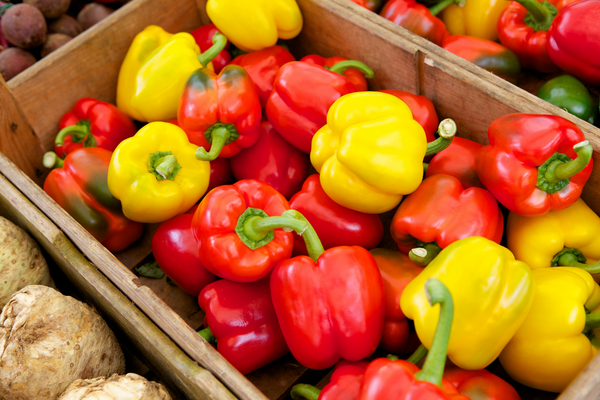
Peppers are another crop that should be on your list of essential crops for survival. They’re an excellent source of vitamin C and are incredibly versatile, which makes them a valuable addition to any survival garden.
You can use peppers in a wide range of recipes, from salads to soups and stews. They’re also incredibly easy to grow, making them an excellent choice for those with limited gardening experience.
Cucumbers

Cucumbers are an excellent choice for your survival garden because they’re incredibly easy to grow and can provide a substantial yield. They’re also an excellent source of vitamins and minerals, making them a valuable addition to any diet.
Cucumbers can be used in a wide range of recipes, from salads to sandwiches. They’re also incredibly refreshing, which makes them an excellent choice for hot summer days.
Onions
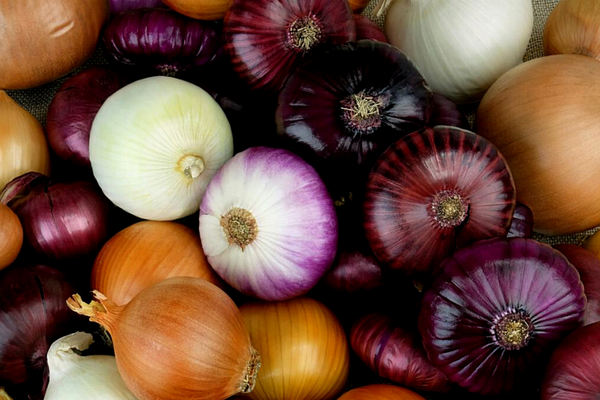
Onions are a must-have in any survival garden. They’re incredibly versatile and can be used in a wide range of recipes. Additionally, they’re a good source of vitamins and minerals and can provide a substantial yield.
Onions can be used in soups and stews, as well as sautéed and used as a topping for burgers and sandwiches. They’re also incredibly easy to grow, making them an excellent choice for those with limited gardening experience.
By growing these crops and incorporating them into your diet, you can ensure that you have the essential vitamins, minerals, and nutrients you need to maintain good health during an emergency. Additionally, by learning how to grow and store these crops, you can ensure that you have a steady supply of food that can sustain you and your family in times of crisis.
Benefits of Growing These Survival Crops

Growing a survival garden is about more than just having a source of food in times of crisis. It’s also about taking control of your own food supply and ensuring that you have access to fresh, nutrient-dense foods that can support your overall health and well-being. In this section, we’ll discuss some of the benefits of growing the essential crops we’ve covered in this post.
Nutritional Value of Essential Crops
One of the most significant benefits of growing your own food is that you have complete control over the nutritional value of the crops you’re eating. When you grow your own food, you can ensure that your crops are grown using organic methods and are free from harmful chemicals and pesticides.
The essential crops we’ve discussed in this post are incredibly nutrient-dense and can provide you with the essential vitamins, minerals, and nutrients your body needs to maintain good health. By incorporating these crops into your diet, you can support your immune system, maintain healthy digestion, and promote overall well-being.
Cost Savings
Another significant benefit of growing your own food is that it can help you save money on your grocery bill. When you grow your own food, you don’t have to rely on expensive produce from the grocery store. Additionally, you can store your crops for an extended period, which can help you save money in the long run.
Sustainability
Growing your own food is also an excellent way to promote sustainability. By growing your own food, you’re reducing your reliance on the industrial food system and supporting local agriculture. Additionally, you’re reducing the carbon footprint associated with food transportation, which can help reduce your overall environmental impact.
Self-Sufficiency
Finally, growing your own food can help you achieve a sense of independence and self-sufficiency. When you have your own source of food, you don’t have to rely on external sources in times of crisis. Instead, you can rely on your own skills and knowledge to provide for yourself and your family.
By growing the essential crops we’ve discussed in this post, you can ensure that you have a source of nutrient-dense food that can sustain you and your family in times of crisis.
Best Practices for Growing Survival Crops

Growing a survival garden can be a rewarding experience, but it’s essential to approach it with the right mindset and techniques.
Start with Good Soil
The foundation of any successful garden is good soil. Before you start planting your crops, it’s essential to prepare your soil properly. This involves testing your soil’s pH levels, adding organic matter, and ensuring that your soil is well-draining.
Plant at the Right Time
Planting your crops at the right time is essential for ensuring a successful harvest. Different crops have different planting times, and it’s important to research the optimal planting times for each crop you’re growing. Additionally, you should consider the climate and weather conditions in your area, as these can impact your crops’ growth and yield potential.
Use Natural Pest Control Methods
Pests can be a significant problem in any garden, but it’s essential to approach pest control with a natural and sustainable mindset. Rather than relying on harmful chemicals and pesticides, consider using natural pest control methods, such as companion planting and crop rotation.
Harvest at the Right Time
Harvesting your crops at the right time is essential for ensuring that you get the best yield and flavor. Different crops have different harvesting times, and it’s important to research the optimal harvesting times for each crop you’re growing. Additionally, you should handle your crops carefully and avoid damaging them during the harvesting process.
Store Your Crops Properly
Finally, storing your crops properly is essential for ensuring that they remain fresh and nutrient-dense. Different crops require different storage methods, and it’s important to research the optimal storage methods for each crop you’re growing. Additionally, you should store your crops in a cool, dry place and avoid exposing them to direct sunlight or moisture.
Final Thoughts
Growing a survival garden is an essential step towards ensuring your family’s well-being in times of crisis. By planting nutrient-dense crops like tomatoes, potatoes, corn, beans, squash, greens, carrots, peppers, cucumbers, and onions, you’re providing your body with the essential vitamins, minerals, and nutrients it needs to maintain good health.
However, growing a survival garden isn’t just about the food. It’s about taking control of your own food supply, promoting sustainability, and achieving a sense of independence and self-sufficiency. By growing your own food, you’re reducing your reliance on the industrial food system and supporting local agriculture.
Of course, growing a survival garden can be a challenging task. It requires knowledge, skill, and dedication. But by following the best practices we’ve discussed in this post, you can set yourself up for success and ensure a bountiful harvest.
I know it can seem like a lot of work, but start by researching the crops that are best suited for your climate and soil, and start preparing your soil for planting. With time, patience, and dedication, you can create a thriving survival garden that can sustain you and your family for years to come.
